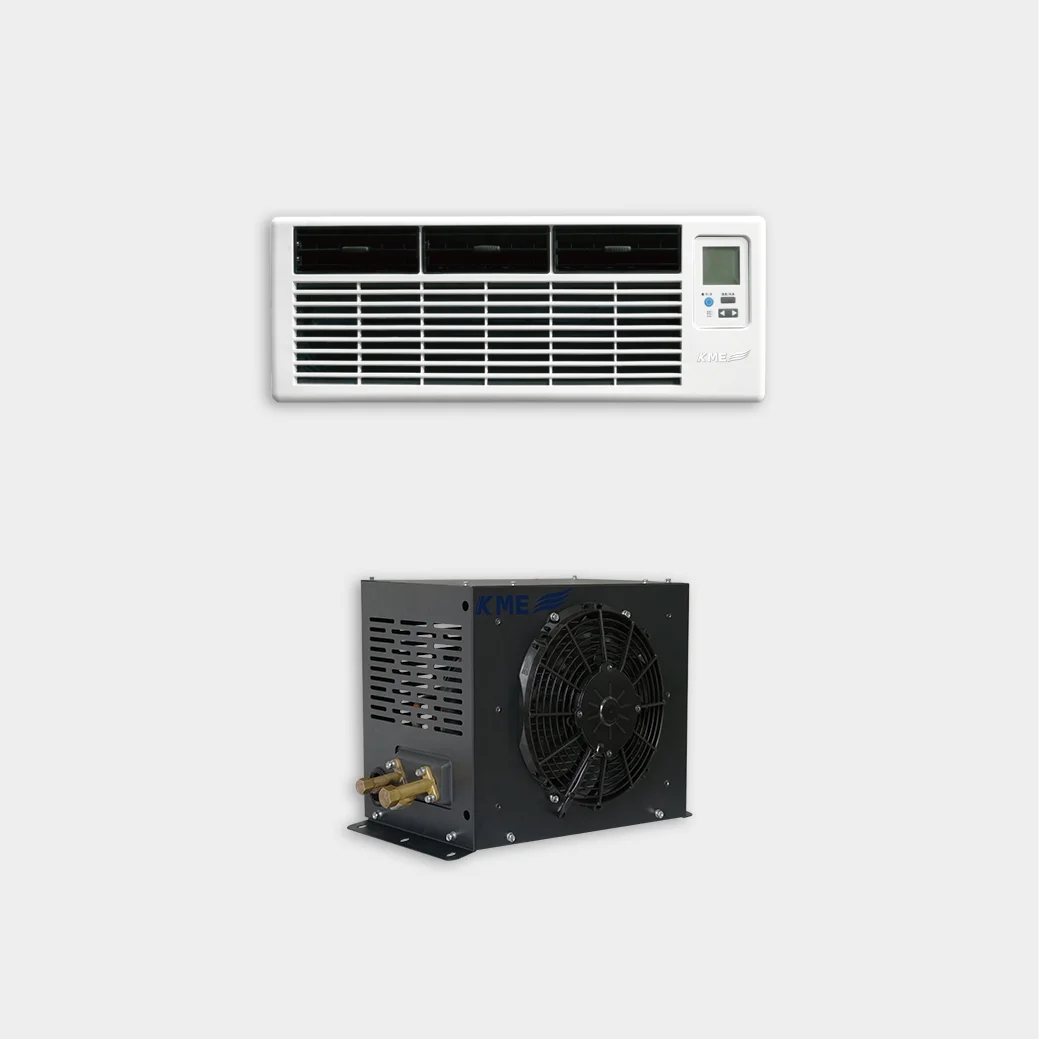- This topic is empty.
-
AuthorPosts
-
2024-11-18 at 2:09 pm #5994
In modern ships, air conditioning systems are not only necessary equipment to provide a comfortable environment for crew members but also one of the key factors to ensure the normal operation of ships. Due to the complexity of the marine environment and the particularity of ship operation, marine air conditioning systems often face various challenges and failures. This article will explore the common faults of marine air conditioning and their troubleshooting methods in depth to help crew members and maintenance personnel better understand and deal with related problems.
1. Common faults and troubleshooting methods
The system does not start or cannot reach the set temperature
Possible reasons: power supply problem, control system failure, sensor failure, refrigerant leakage.
Troubleshooting method: First check whether the power supply is normal, including whether the voltage and current meet the requirements. Secondly, check whether the control system is set correctly and whether an error code is displayed. If so, interpret and handle it according to the manufacturer's guidelines. For sensor failures, professional tools are required to detect its accuracy and replace it if necessary. If refrigerant leakage is suspected, a leak detector should be used for inspection, and the appropriate amount of refrigerant should be added after the leak point is repaired.
Poor cooling effect
Possible reasons: filter blockage, dirty condenser or evaporator, insufficient refrigerant, or fan failure.
Troubleshooting method: Clean or replace the air filter regularly to ensure smooth air circulation. For dirty condensers and evaporators, use a soft brush or water gun to clean them to remove dust and dirt. Check whether the amount of refrigerant is sufficient and add if necessary. Fan failure may cause poor airflow. It is necessary to check the fan motor and capacitor and replace damaged parts in time.
Abnormal noise
Possible causes: internal wear of the compressor, unbalanced fan, loose fasteners, and sound of refrigerant flow.
Troubleshooting: For wear inside the compressor, a professional may be required to inspect or replace the compressor. When the fan is unbalanced, the fan blades should be adjusted or replaced. Check all fasteners to ensure that there is no looseness. If the noise is caused by the flow of refrigerant, it is usually due to too much or too little refrigerant and needs to be adjusted to the appropriate level.
System leakage
Possible causes: clogged drain pipe, damaged condensate pan, and leaking at the pipe joint.
Troubleshooting: Clean the drain pipe to ensure unobstructed drainage. Check whether the condensate pan is cracked or damaged and replace it if necessary. For leaks at the pipe joint, tighten the joint or replace the seal.
Electrical failure
Possible causes: aging of the line, poor contact, blown fuse, damaged circuit board.
Troubleshooting: Check the wires for signs of aging or damage, and replace the damaged wires in time. Make sure all connections are tight and in good contact. If the fuse is blown, find out the cause and replace the fuse with the appropriate specification. For damage to the circuit board, professional electronic technicians may be required to repair or replace it.
Control system failure
Possible causes: software failure, hardware damage, improper operation.
Troubleshooting: Try to restart the control system to see if normal operation can be restored. If the problem persists, check whether the control system software needs to be updated or reset. For hardware damage, such as buttons, display screens, etc., new accessories should be replaced. Make sure that the operator is familiar with the correct use of the control system to avoid malfunctions caused by misoperation.

2. Preventive measures and maintenance recommendations
In order to reduce the failure rate of marine air conditioning systems, the following are some preventive measures and maintenance recommendations:
Perform regular system inspections and maintenance, including cleaning filters, condensers, and evaporators, and checking the refrigerant dosage and fan operation.
Ensure that the power supply is stable to avoid voltage fluctuations that may damage the air conditioning system.
Train crew members to use the air conditioning system correctly to avoid malfunctions caused by improper operation.
Record each maintenance and troubleshooting to track problems and make long-term maintenance plans.
Follow the manufacturer's maintenance guidelines and recommendations and use recommended spare parts and consumables.
The stable operation of marine air conditioning systems is essential to ensure the comfort and work efficiency of the crew. By understanding the common types of faults and mastering the corresponding troubleshooting methods, downtime and maintenance costs can be effectively reduced. At the same time, regular preventive maintenance and correct operating habits are also key to ensuring the long-term stable operation of the air conditioning system. I hope that the information provided in this article can help ship managers and technicians better maintain and troubleshoot marine air conditioning systems.
As a marine air conditioning factory from China, we are committed to providing high-quality and high-performance marine air conditioning systems. Our professional team is not only proficient in advanced refrigeration technology but also has rich troubleshooting experience. Whether it is the system not starting, poor cooling effect, abnormal noise or electrical failure, we can quickly diagnose the problem and provide effective solutions. In addition, we provide regular maintenance services and operation training to ensure the long-term stability of your air conditioning system. Choosing us means choosing reliability and efficiency.
http://www.kmevehicleac.com
Taicang Kyowa Mechanical & Electrical Co.,Ltd. -
AuthorPosts
- You must be logged in to reply to this topic.

